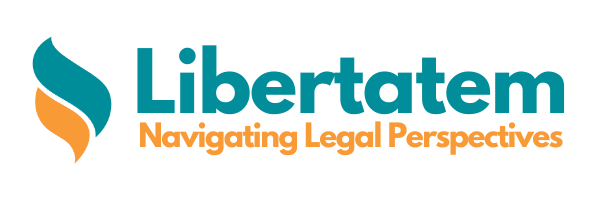Introduction
Euthanasia is a legally recognized procedure of performing an act, the result of which is the death of the sufferer or patient who is terminally ill, with no hope of recovery or in a permanently vegetative state. While this is a topic that hasn’t caught much attention of the common man, it is of foremost importance to those who experience medical infirmities of such severity as it causes immense mental turmoil. This article embodies the judicial enforcement that has developed the procedures for euthanasia and given it legal recognition in India.
To gain a clear understanding of the topic it is important to distinguish between the act of suicide and euthanasia. There are two ways in which euthanasia can be performed; they are active and passive euthanasia. Active euthanasia refers to an overt act done by another person on the patient in a permanently vegetative state that causes immediate death of the patient and this process is considered illegal because it potentially falls within the ambit of either culpable homicide as defined by section 299 of the Indian Penal Code or murder as defined by section 300 of the Indian Penal Code. Passive euthanasia, on the other hand, refers to the withdrawal of vital treatment or food and water without which the patient would not survive and this eventuates in the death of the patient in the permanent vegetative state. Passive euthanasia is a procedure that has been given legal recognition universally since it is the right of the patients to consent into or out of treatment. Passive euthanasia is seen as ethical because it isn’t conceptually directed to killing a person instead, death is seen to be an end result of the withdrawal of treatment and so, the process of passive euthanasia upholds the sanctity of life. Suicide, however, is a declared crime and is expounded under section 309 of the Indian Penal Code, which prescribes either a fine or imprisonment up to one year or a combination of both as punishment.
Court Enactments
India does not have exclusive legislation for euthanasia but the Supreme Court has bridged the lacuna by enumerating the law of passive euthanasia through its judgment in the landmark case of Aruna Ramchandra Shanbaugh v. Union of India. This is to be followed till a law is made by the parliament regarding the same.
The court gave the authority to make decisions regarding the discontinuation of the life support to the parents, spouse, close relatives, a person acting as a next friend, or the doctor attending the patient, provided that the decision is taken bona fide in the best interest of the patient. Such a decision would further require approval from the concerned High Court to safeguard the process from being used unethically and unscrupulously. The High Court has the jurisdiction to decide matters of life support withdrawal under Article 226 of the Indian Constitution.
In the case of Common cause vs. Union of India, the petitioner had filed a writ petition under Article 32 of the Constitution to declare the right to die with dignity a fundamental right under Article 21. The petitioner proposed that the right to die with dignity is an indispensable facet of the right to live with dignity, which was guaranteed as a fundamental right under Article 21 of the constitution. The court, after much deliberation and consideration of both Indian and foreign cases, laid down the principles and procedures for the execution of Advance Medical Directives which in common terms is also known as living wills. An Advance directive should be a valid document, which is free from reasonable doubt and specifies that the patient does not wish to be treated under the said circumstances. This directive is bound to be given effect to. A failure to legally acknowledge such a directive might amount to the denial of the right to live with dignity since the right to smoothen the dying process would be denied as a result and the court by virtue of this judgment facilitated passive euthanasia. Moreover, in situations of such delicate nature, the best interest of the patient shall override the state’s interest.
Conclusion
While through the Judicial lens euthanasia as a whole is seen as an act contravening humanity, passive euthanasia actually is an act in furtherance of humanity. It liberates a sufferer from suffering. It also needs to be realized that passive euthanasia is an act that is consented to by the aggrieved parties and so, a legal system that denies it is exercising utmost cruelty upon its subjects by administering a treatment against their will. The only approach to truly understanding this is to be guided by compassion and think from the mind of the aggrieved and not from a mind enslaved by precedents. For the longest time legalizing euthanasia in India has been a topic of debate for lawmakers however, it wouldn’t have been such a slow walk if the ground reality of the situation along with the need for the legislation had been acknowledged.
The contentions about euthanasia mark the lacunas in our system of archaic laws and denying a new enactment does not eradicate the need for it. While India still lacks a parliamentary enactment to facilitate passive euthanasia, the judiciary hasn’t left the Indian legal system underequipped.
The Emergency principle or The Principle of Necessity which was laid down in the Aruna Shanbaugh case is applied in cases where the patient hasn’t consented to withdrawal of life support beforehand or isn’t in a state to consent to it and Advance Medical Directives are executed when the patient has already made a valid declaration regarding the same. Advance Medical Directives should be largely sought since they serve as very fruitful devices to initiate and guide the process of euthanasia.

